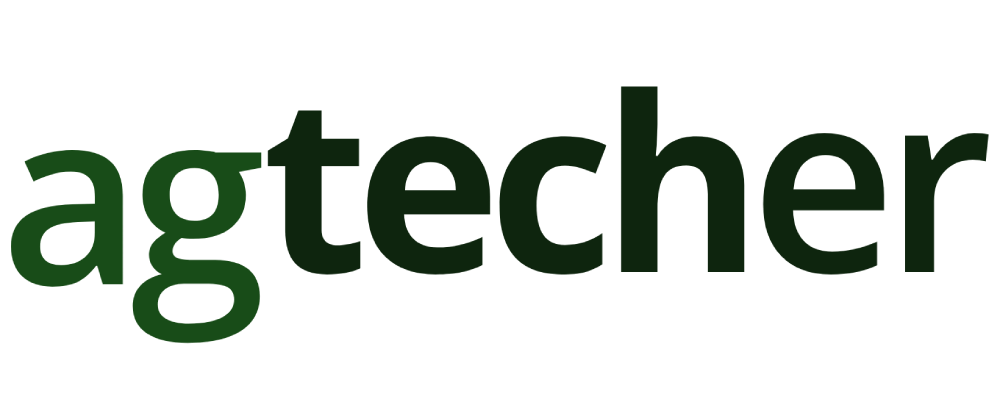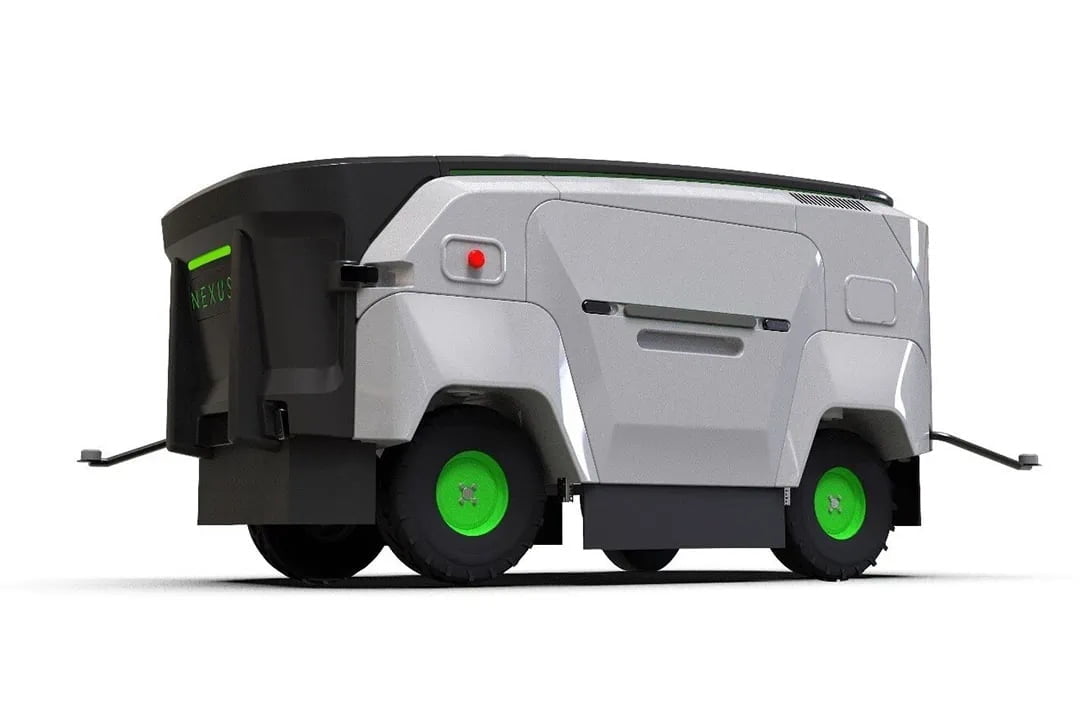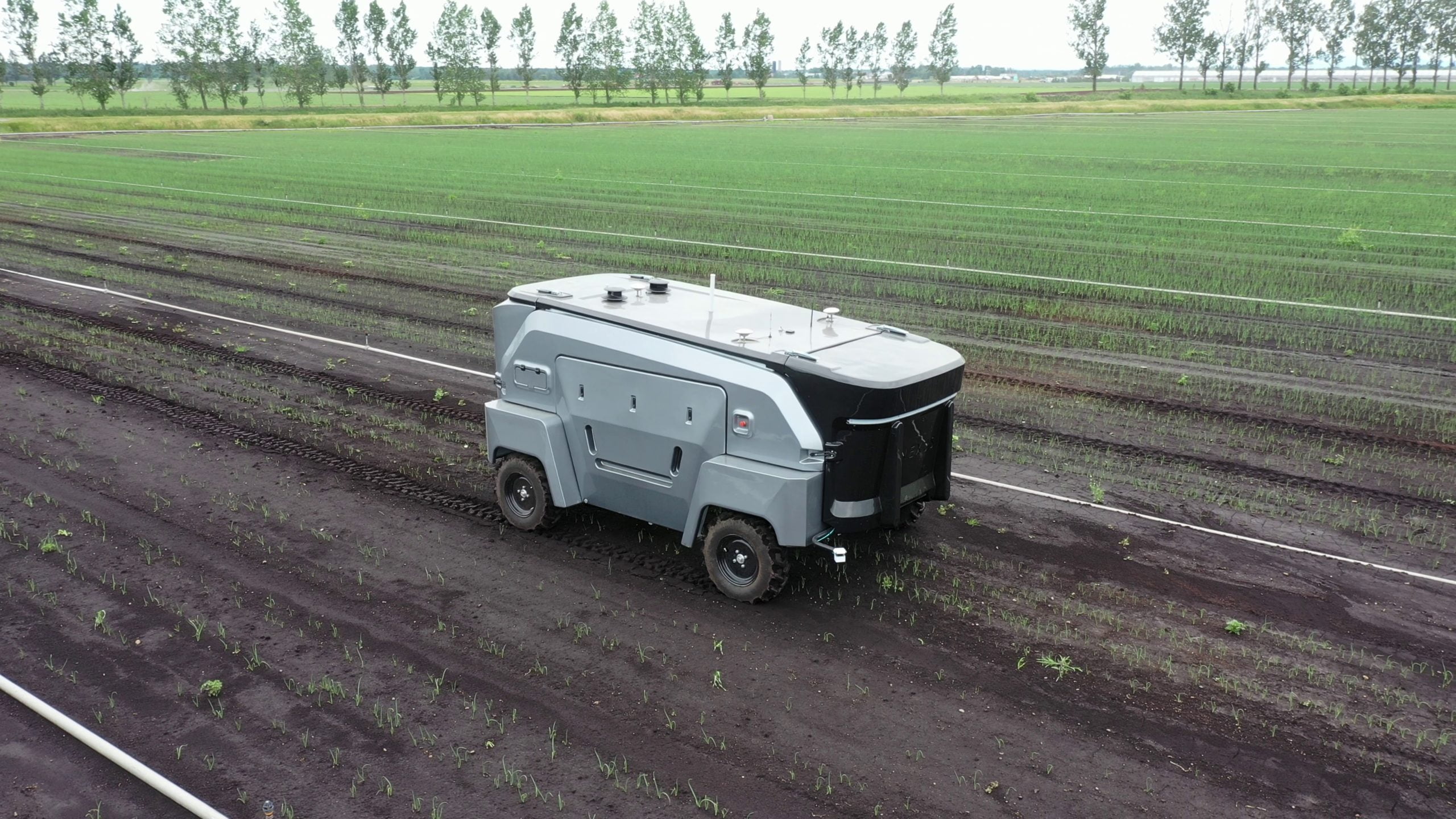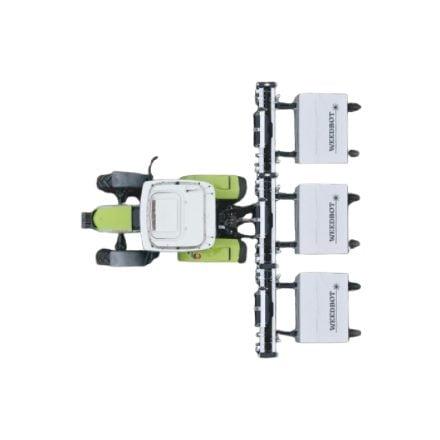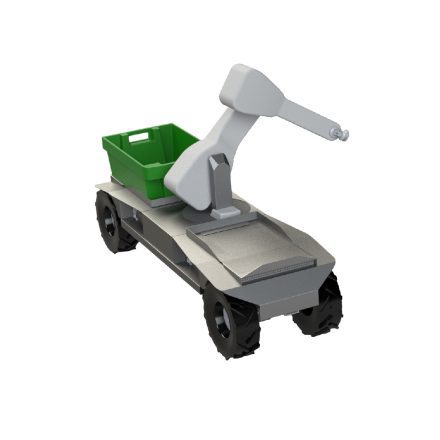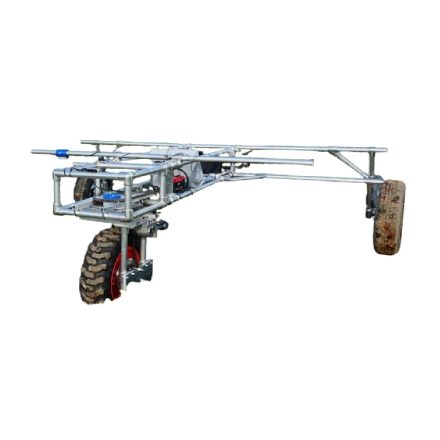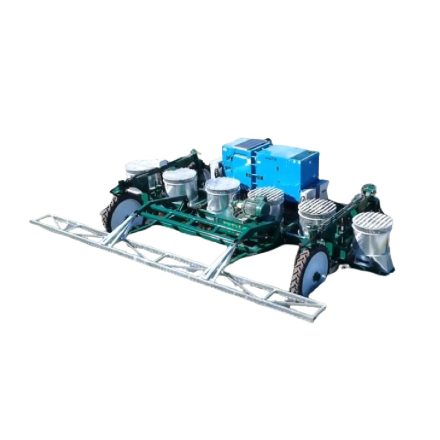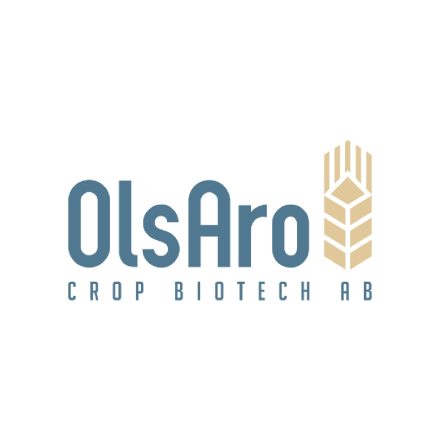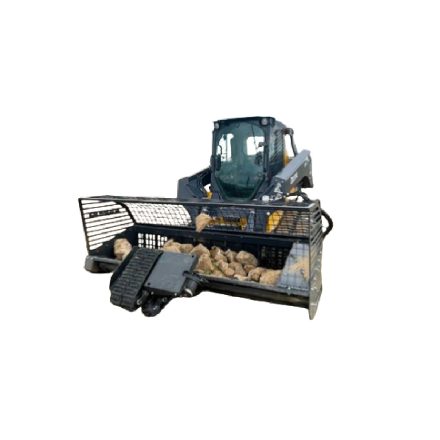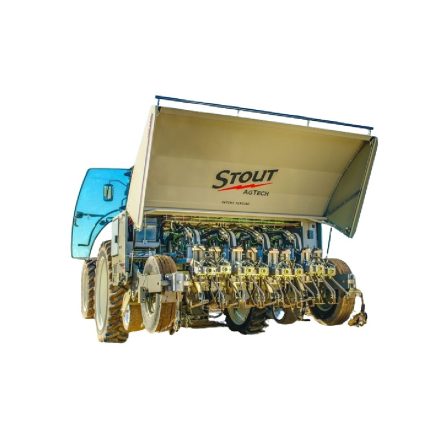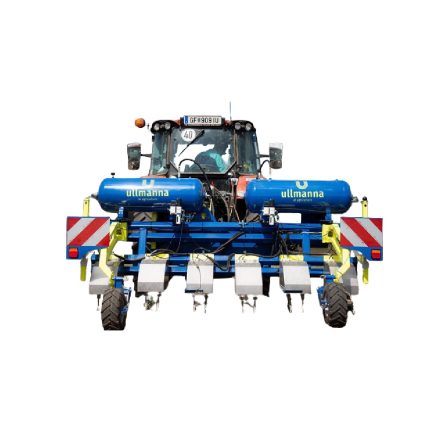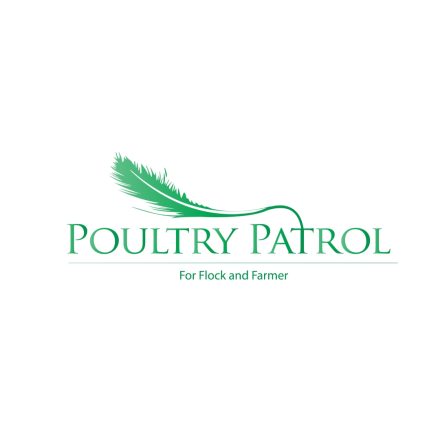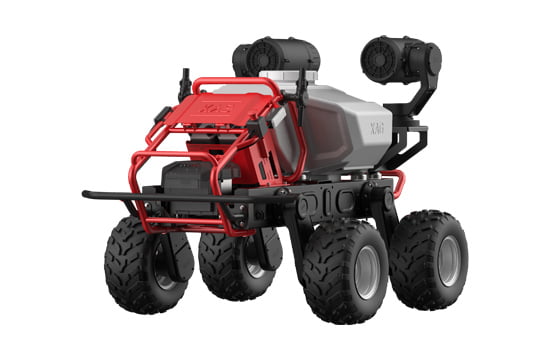Description
Introducing the Nexus Robotics’ prototype, La Chevre (french for goat) – a fully autonomous weeding robot designed to navigate and remove weeds from crops accurately without damaging them. With its AI-driven cameras and neural network, La Chevre is capable of differentiating between weeds and crops and removing the weeds without affecting the crops.
La Chevre is versatile and can be used on many different crops while operating 24 hours a day. It recognizes crops at all stages of growth and constantly collects data about the crop and growing conditions. This information helps farmers make more informed decisions about soil fertility and disease remediation.
La Chevre uses RTK-gps sensors for autonomous navigation through the field and has multiple sensors, including cameras and depth sensors, to scan and differentiate between crops and weeds. It uses SLAM methods to fuse camera and depth sensor measurements, letting the robot build a map of the area and localize itself. The robot has mounted robotic arms with delta mechanisms to pull out the weeds using grippers once classified and located.
According to Nexus Robotics, La Chevre is the only robot that can remove weeds directly next to crops, which other robots that cultivate or spot spray cannot do. The robot’s performance has been tested, and it has been reported that La Chevre removes over 95% of the weeds.
How does the “goat” work?
The Nexus weeding robot is designed to perform the final stage of weeding in a fully autonomous manner. The robot uses a vision system to detect weeds, after which the articulated arm moves to the location and removes the weed using a mechanical gripper attached to a delta robot. The robot is equipped with electric DC motors for each drive wheel and has four steering motors, enabling it to turn on the spot and fine-tune its steering.
The shade skirt at the bottom provides consistent illumination for the vision system’s cameras. This fully automated device provides precision weeding, a task typically done by human workers.
Technical specifications
- Robot name: La Chevre
- What it does: Weeding
- Dimensions: Length 15.5″, width 7.4″, height 7.2″
- Turning radius: Zero-turn
- Weight: 1600 kg
- Energy source: Battery powered (charged through a diesel generator)
- Driveline: Electric drive system (propulsion motor operated)
- Navigation system: RTK-gps, LiDAR sensors to detect obstacles
- Output capacity: 0.1 acres/hour
- Pricing: Sale for US $500,000 or robot-as-a-service (RAAS) for US $50,000 per season
- Availability (countries): North America
- Units operational (total end 2022): 6 units
About Nexus Robotics
Nexus Robotics, a technology startup in Nova Scotia (Canada) has received $2.6 million in grant funding from Sustainable Development Technology Canada to develop autonomous robotic solutions for agriculture. The company’s fully autonomous weeding robot has already received $1.7 million in seed financing. The new funds will be used to create the next generation of robots and develop them intensively to provide farmers with even more environmentally-friendly benefits. Nexus Robotics uses articulated arms, AI, and advanced algorithms to remove weeds and treat diseased plants, which can increase crop yield and reduce herbicide and fungicide application by up to 50%.
The company will launch the second generation of field robots in Canada this summer and in California later this year. La Chevre, Nexus Robotics’ new prototype, navigates and removes weeds autonomously and is capable of removing weeds without damaging crops. It constantly collects data about the crop and growing conditions, allowing farmers to make more informed decisions about soil fertility and disease remediation.
